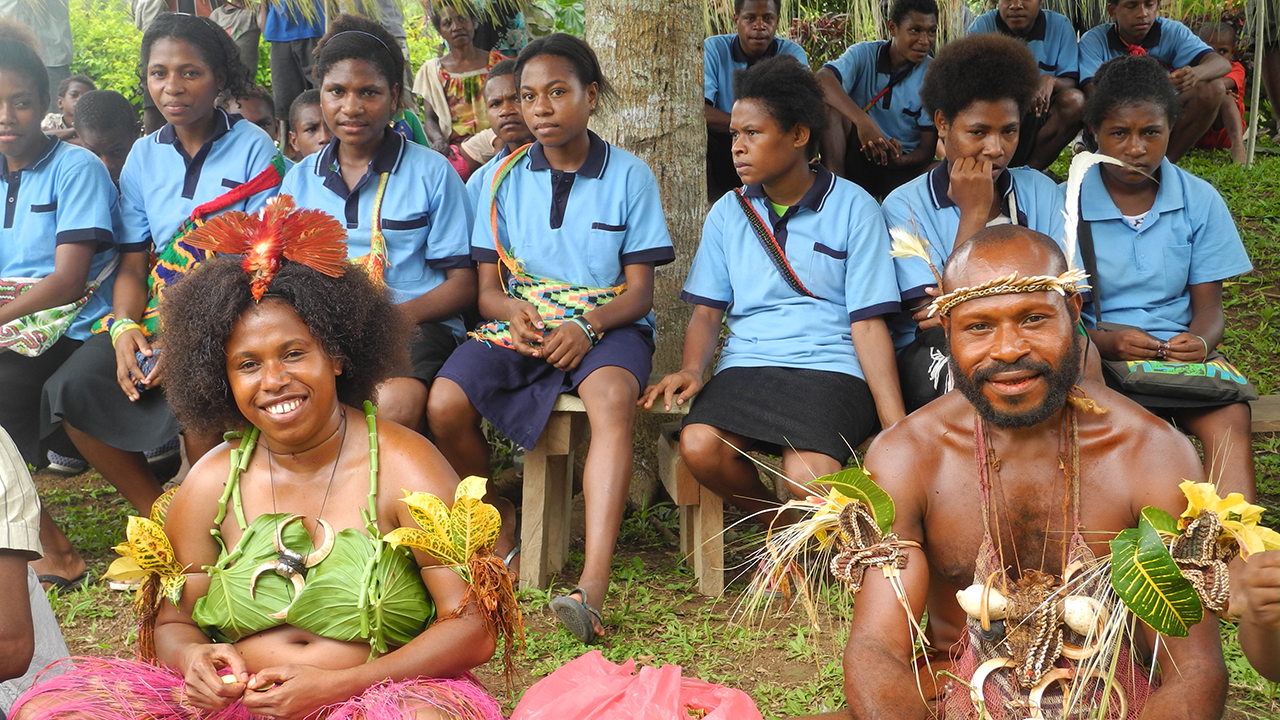Even in the world’s most linguistically diverse nation, indigenous languages and skills are yielding to the march of urbanization, a cash economy, road networks, and higher education that are part and parcel of globalization.
The island nation of Papua New Guinea is home to more than 9 million people speaking about 840 languages—12 percent of the world’s approximately 7,000 languages. It is also the world’s most floristically diverse island, harboring about 5 percent of the world’s plant species.
But a new study by Papua New Guinea native Alfred Kik, a doctoral student at the University of South Bohemia, Czech Republic; UMN researcher George Weiblen, PhD; and colleagues found that a sizable gap in indigenous language fluency has opened up between teenage students and their parents. Along with this decline, the younger generation showed lesser knowledge of traditional practices like hunting, fishing, native medicinal plant use, farming, and woodworking and carpentry. But as they lost these traditional skills, they gained in contemporary technical skills like mobile phone and computer use.
Models drawn from the data predicted that the gaps in traditional languages and knowledge will only widen.
“Nearly half the world’s languages, including one-third of Papua New Guinea’s, are considered endangered,” said Weiblen, a professor in the College of Biological Sciences who is also science director at the Bell Museum and has studied New Guinea biodiversity for over 25 years. “Indigenous languages and the traditional ecological knowledge they contain are at even greater risk of extinction than biodiversity.”
